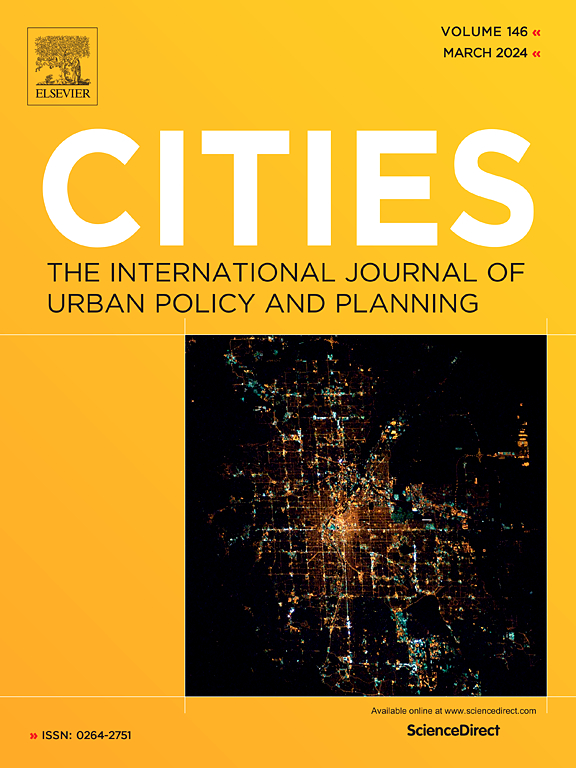AI for Landscape Planning: Assessing Surrounding Contextual Impact on GAN-Generated Green Land Layouts
IF 6
1区 经济学
Q1 URBAN STUDIES
引用次数: 0
Abstract
The development of generative design driven by artificial intelligence algorithms is speedy. There are two research gaps in the current research: 1) Most studies only focus on the relationship between design elements and pay little attention to the external information of the site; 2) GAN and other traditional generative algorithms generate results with low resolution and insufficient details. To address these two problems, we integrate GAN, Stable diffusion multimodal large-scale image pre-training model to construct a full-process park generative design method: 1) First, construct a high-precision remote sensing object extraction system for automated extraction of urban environmental information; 2) Secondly, use GAN to construct a park design generation system based on the external environment, which can quickly infer and generate design schemes from urban environmental information; 3) Finally, introduce Stable Diffusion to optimize the design plan, fill in details, and expand the resolution of the plan by 64 times. This method can achieve a fully unmanned design automation workflow. The research results show that: 1) The relationship between the inside and outside of the site will affect the algorithm generation results. 2) Compared with traditional GAN algorithms, Stable diffusion significantly improve the information richness of the generated results.
人工智能景观规划:评估周围环境对gan生成的绿地布局的影响
由人工智能算法驱动的生成式设计发展迅速。目前的研究存在两个研究空白:1)大多数研究只关注设计元素之间的关系,很少关注网站的外部信息;2) GAN等传统生成算法产生的结果分辨率低,细节不足。针对这两个问题,我们结合GAN、稳定扩散多模态大尺度图像预训练模型,构建了一种全程公园生成设计方法:1)首先,构建高精度遥感目标提取系统,实现城市环境信息的自动提取;2)其次,利用GAN构建基于外部环境的公园设计生成系统,能够从城市环境信息中快速推断和生成设计方案;3)最后,引入Stable Diffusion对设计方案进行优化,填充细节,将方案的分辨率提高64倍。该方法可以实现全无人化的设计自动化工作流程。研究结果表明:1)站点内外关系会影响算法生成结果。2)与传统GAN算法相比,稳定扩散算法显著提高了生成结果的信息丰富度。
本文章由计算机程序翻译,如有差异,请以英文原文为准。
求助全文
约1分钟内获得全文
求助全文
来源期刊

Cities
URBAN STUDIES-
CiteScore
11.20
自引率
9.00%
发文量
517
期刊介绍:
Cities offers a comprehensive range of articles on all aspects of urban policy. It provides an international and interdisciplinary platform for the exchange of ideas and information between urban planners and policy makers from national and local government, non-government organizations, academia and consultancy. The primary aims of the journal are to analyse and assess past and present urban development and management as a reflection of effective, ineffective and non-existent planning policies; and the promotion of the implementation of appropriate urban policies in both the developed and the developing world.
 求助内容:
求助内容: 应助结果提醒方式:
应助结果提醒方式:


